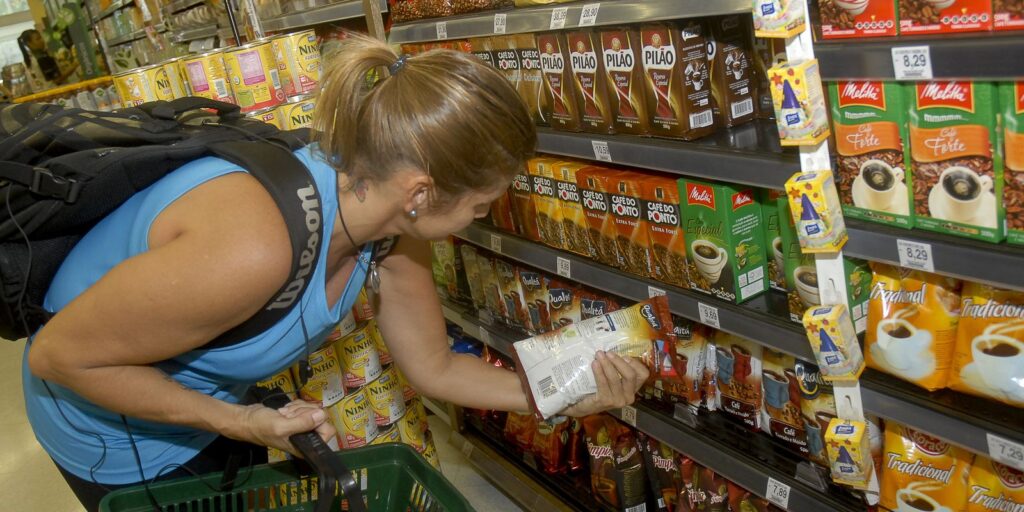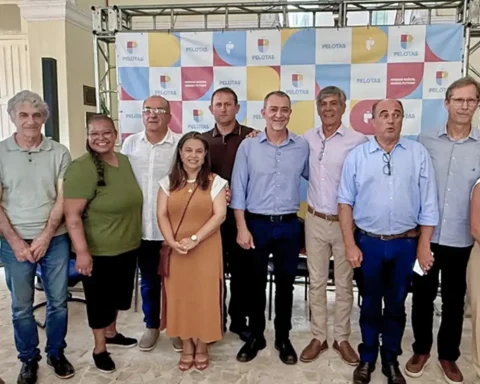In its career for energy efficiency, Argentina has advanced in recent years in the implementation of LEED standards in corporate buildings and currently has 155 certified buildings and more than 360 in the certification process, according to the Latin American regional network. of the World Green Building Council.
LEED certification (acronym in English for “Leadership in Energy and Environmental Design”) encompasses a series of requirements for construction, design and use of resources with sustainability criteria, recently in vogue both due to international concern regarding climate change and the energy crisis generated in Europe as a result of the war between Russia and Ukraine.
Although LEED certification is valid for all types of constructionwhether commercial-administrative, industrial or residential, it is the office market that took the lead from the beginning and still today concentrates the best examples all over the planet.
For Guillermo Simón Padrós, executive director of Argentina Green Building Councill (AGBC), the preference is not fortuitous and is related to regulatory issues to which the headquarters of multinational companies are bound: “the push was mostly from foreign companies that are listed on the stock exchanges of their respective countries and, according to their respective directives, are obliged to buy or rent sustainable office buildings”.
The lack of a similar advance among residential constructions is not only due to the absence of building code requirements but also – and mainly – to economic issues.
“The certification process has different instances, It is audited, you have to do tests, the professionals who do it charge fees. All this represents an extra cost for a family home or a consortium of owners, which a large company can face,” said Simón Padrós, an architect who, before joining AGBC, worked for five years in a construction company in the United States, where he learned sustainability strategies and LEED certification.
To this it should be added that the construction procedures of corporate buildings are similar throughout the world, something that does not occur with family homes, since in Argentina wet or traditional construction predominates, less suitable in terms of energy efficiency than dry construction, in which the joining of the pieces does not require the use of water.
The origin of LEED standards dates back to April 1993 in Washington, when at the AIA (American Institute of Architects) entrepreneurs and researchers Rick Fedrizzi, David Gottfried and Mike Italiano convinced representatives of 60 firms and NGOs to develop a set of standards environmentally friendly building.
In this way, the World Green Building Council was born, which today has a presence in more than 180 countries.
In Argentina, the AGBC began to develop its activities in 2008, “in times when there was no talk of sustainability, neither in construction nor in any field”recalls Simón Padrós, in a review of the progress made in the matter and in everything that remains to be done, especially in the residential area.
Although it is in fifth position among Latin American countries in terms of buildings with LEED certificationwith 155 cases (behind Brazil, Mexico, Chile and Colombia), the growth of recent years is evident when compared to the 48 of 2017 and the 366 that are currently in the certification process.
In family homes, Simón Padrós emphasizes the importance of labeling, a qualification similar to that already applied and widely disseminated among electrical appliances.
“For a real estate transaction to go through, there should be a national law to make it mandatory that when you sell, rent or buy a house, you have to have the label on the door.”he stated, while giving an example: “if it has a ‘D’, then the envelope is not good and that will lower the price, with which the owner will have to evaluate whether or not it is convenient for him to make the appropriate repairs to improve the category”.
In that aspectthe rate segmentation policy acquires additional importance, to the extent that the cut in subsidies and the approach of the value of the invoice to the total costs shortens the repayment period.
In this regard, Simón Padrós pointed out that “with a repayment period of 3 to 5 years, you have to think about it, but with the subsidized rates it would extend to ten years, a period that is too long in which there may even be removals involved”.
Simón Padrós pointed out that “with a repayment period of 3 to 5 years, you have to think about it, but with the subsidized rates it would extend to ten years, a period that is too long in which there may even be removals involved”
In the medium and long term, housing labeling could be imposed as one of the primary conditions for the purchase of a home, as is the proximity to transport nodes today or decades ago was the possession or not of a fixed telephone line.
A point against that is shared with all countries is that most of the existing buildings date from times before the awareness of sustainability and energy efficiency, from which it can be deduced that in Argentina “most homes do not meet the minimum standard” and its development is not an easy task, both for structural and economic reasons.
















